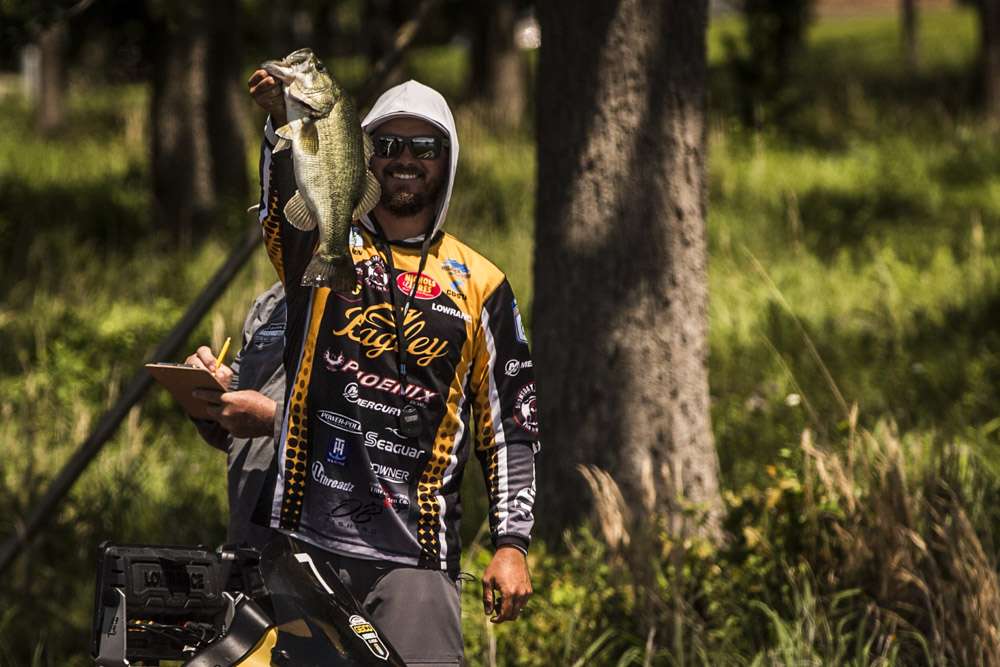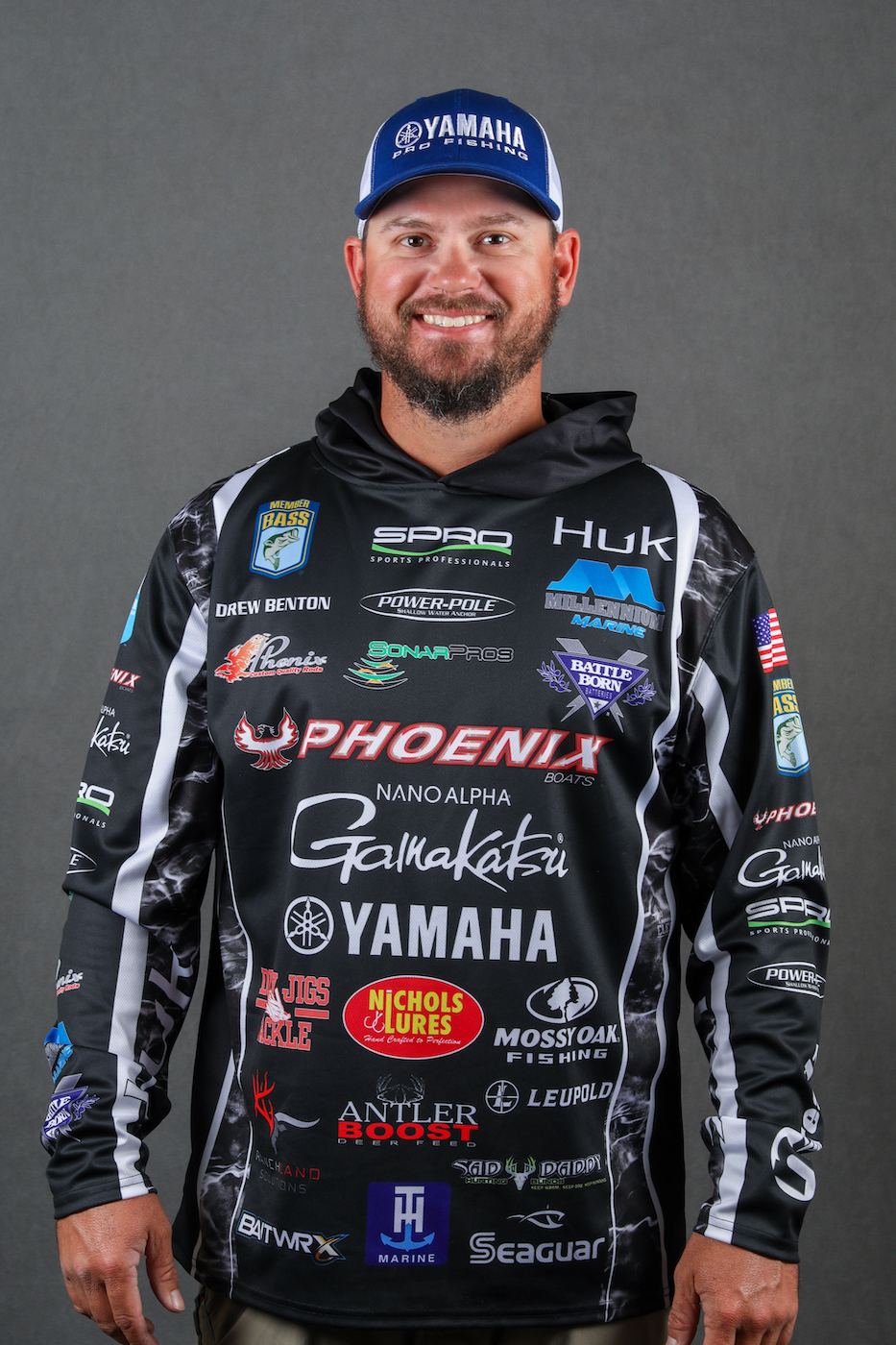
Culling the bite from smaller bass to bigger bass is something that most of us try to do, at least some of the time. But, I can tell you as a professional bass angler that it’s also one of the toughest things we try to do, especially if you’re fishing at the Bassmaster Elite Series level where not culling up is not an option. These guys won’t give you anything.
The place to start is to try to catch some bass. Don’t worry so much about size. Concentrate on numbers at first. If you’re successful, you’ll start to develop a pattern. The bigger ones you catch will be somewhere different, and they’ll be biting a different bait than the smaller ones.
The better bass might be deeper, shallower or they might be in the weeds instead of in the holes or on the lines. It’s also possible that they might be biting dark colored jigs, big spoons or maybe they’re looking up and a topwater plug is the way to go with them.
What will be different is hard to predict — each lake or river is different — but there will be something that is different. Our job as anglers is to figure that out.
My finish at the 2019 Toyota Bassmaster Texas Fest benefiting Texas Parks & Wildlife Department was respectable. I finished 10th. I’m never satisfied, though. So when the tournament was over I decided to go fishing. The idea was to see what I could see.
I headed out to the local tackle store and bought a sackful of big swimbaits. I tried a little different type of structure and cover than what I had been fishing. I caught two 6-pounders on back-to-back casts, and a whole bunch of other fish. They were all better than the ones I’d caught in the tournament.
The water had dropped, and it was a little clearer the day I did that. Nevertheless, I learned a valuable lesson about culling through numbers to get to the winning bass — think about the immediate past and then either repeat it or do something totally different.
Another approach, one that I have more familiarity with, is using big flutter spoons out on the breaks and ledges on Tennessee River impoundments. It seems like that’s a reliable way to cull through smaller bass in those places.
The spoon I’ve had the most success using is made by Nichols Lures. They have several models ranging from 6 inches to 9 inches. The bigger the spoon the bigger the bass — most days, anyway.
While we’re talking about all of this we need to be honest with ourselves and with each other. The approach I’m talking about has risks, big risks. When you turn your back on smaller fish it’s possible you won’t catch any fish. I’m not sure big bass are smarter than small bass, but they are different. That can make for some long days. Keep that in mind when you decide to go big.
There you have it: My thoughts on culling the bite. You can follow my thinking but don’t be afraid to try something different. Catching the bigger bass in any lake or river is as much art as it is science.

